Interview with Marisa Portolese and Eric Simon1.
Eric Simon: Much of your work deals with portraiture. Most of your subjects are women. Can you address issues of representation of women?
Marisa Portolese: The representation of women is at the root of my practice. In most of my projects with the exception of a few, women figure prominently and the female psyche is widely explored. I firmly believe that the world belongs to men and that women are still severely underrepresented. It is with the project entitled “Belle de Jour” that I began to work specifically with women as my primary subjects. “Belle de Jour”, is a survey of 30 large-scale color photographs depicting women in various states of undress, masquerading different roles. The portraits are carefully orchestrated to present the viewer a world of girls who tease the line of the voyeur. The actors have been choreographed to come forth with a remarkable sense of their own sexual persona through lascivious, subversive gestures and defiant expressions. These images expose a budding female sexuality, and call into question an idealized vision of femininity.
Eric Simon: The two titles from the series seem to refer to films from the ’60s (Breathless and Belle de Jour). But that’s not always the case. How do you come up with your titles?
Marisa Portolese: They come from all kinds of sources, books, songs, conversations, adjectives, descriptors and/or ideas connected with the visual imagery. However, I try to find titles that make sense with the content of the work but that do not give too much away, as I want to leave things a little open for the viewer to reflect upon. The Luis Bunuel film inspired ‘Belle De Jour’; but Breathless was a coincidence.
Eric Simon: The people represented in your work often display a certain dreamlike quality; a sort of languor seems to take over them. Do you direct them? And if so, how do you do so?
Marisa Portolese: Firstly, I think about an emotion or the psychological acumen that I want to convey and I work from there.
Secondly, I think about the person I am photographing, how they move, what they are capable of representing or doing and I study their physical gestures.
Thirdly, I sometimes look at other visual sources for inspiration-these vary; they can come from paintings, from everyday life, from movies, from observations in my surroundings, magazines. I take in a lot visually and make notes of my observations.
And finally, I always think about how I can translate something visually, but no matter how much planning is involved or how much I try to control, during the shoot there are always surprises and I am open to these serendipitous moments. I can sometimes change my mind about how I want something to look during the shoot even though I spent months preparing for what I want. It then becomes a collaboration between myself and the model.
Eric Simon: And what about the languor?
Marisa Portolese: My subjects are often portrayed in a position whereby they are comfortably numb, in contemplation or focused on the thoughts going on in their interior world. I usually direct them to get comfortable with their bodies, and help them feel at ease with movement and gesture. Moreover, in order to reference a particular state of mind, I feel it is important that the physiognomy of the subject marries with their psyche; a sort of communion of the mind and body. It depends on the image, but usually I ask my subjects to sit or stand or lie in a particular way in an effort to allow certain expressions to unfurl.
Eric Simon: So you have an idea of what you want your models to express beforehand. How do you choose your models?
Marisa Portolese: I always have an idea of what I want my subjects to express beforehand. The photograph is already in my mind and I direct the models to express what I am striving for. I usually choose models based on their unique physical, and emotional expressions. With my earlier work, I was really looking for specific types of people, particular looks, attributes, physical features etc. Now that I am working in an autobiographical and more personal manner, I am photographing family members, but I am still choosing who to photograph. Not everyone is photogenic, so my decisions are always based on who can translate something compelling on film or in a photograph.
Eric Simon: Do your photo shoots require much preparation? What does that involve?
Marisa Portolese: I prepare a shoot session in a myriad of ways. I sometimes know how I want to photograph a specific person, and then I think of a place, wardrobe, expression, and how I want to orchestrate the whole scene. It depends on the image, the person, the environment, the content etc.
Eric Simon: Let’s talk about beauty…
Marisa Portolese: Beauty-well that is a mindfuck! I consider so many things beautiful, but for me it is more about seduction that beauty. I think about creating images that are really more sensual than beautiful. Nevertheless, I am an aesthetic person, and very specific about what I want and I generally like things that are elegant and beautiful. I just saw Alejandro Gonzalez Inarritu’s latest film and I thought it was so beautiful, very sad, melancholic, and quite harsh, but still the imagery was just riveting to me as was the story. Shirin Neshat’s latest film “Women without Men” is the epitome of beauty to me, the imagery was breathtaking. I was in awe and wish I had made that film; it sums what I am attracted to visually.
Eric Simon: The Mother Daughter relationship is the focus of your work these days, can you talk about that?
Marisa Portolese: I have been obsessed with mother/child images since I began working figuratively within the portraiture genre. I think it is one of the most complex and profound relationships one can ever have and of course this stems from my own personal experience with my mother. As well, images of the mother and child have figured prominently in my upbringing as I was raised Catholic. Iconic images of the Pietà were ubiquitous in my environment.
I spent many years figuring out how to include my mother in my work and then things happened… my grandmother got sick, we went to Italy to see her and my mother asked me to accompany her on this trip. I suppose she needed the emotional support. So I brought my camera and started photographing my family and then one thing led to another and straight to the idea of mother/motherhood.
When this family drama unfolded, I began thinking about life, death, and the role of the family matriarch. At this point, I began producing the project ‘Antonia’s Garden’ whereby I explored the emotional issues surrounding the nature of family and the complex relationship between mother and child. This work now comprises of over 30 images made up of staged vignettes of intimately autobiographical familial observations, formally portrayed through the genre of the narrative film still, portraiture, landscape and still life. The photographs consist of composed scenes redolent with rich background stories of domestic life. I have photographed family members that have been caught in quiet moments of reflection, and juxtapose these photographs with domestic spaces, landscape and still life.
This body of work deals with accounts of people living on the boundaries of emotional survival, and is at times about loss and the failure to connect and communicate. Since then the fragility of life in the context of narrative based work became the driving force behind my artistic practice. And at the pinnacle of the project, I started to think about how I would include my mother in a significant manner. I wanted to create a separate piece, as an ode to her.
Let me further explain.
In 1951, when my mother was 5 years old she was sent from her native province of Sardinia in Italy to live with her sick aunt in the southern province of Calabria. She left, never to return to live in her childhood home with her immediate family. She suffered immensely from familial abandonment. The complex relationship she had with her mother in which the duality of love and hate were manifested, resulted in a life long ambivalence to express herself and keep silent. This emotionally dramatic yet personal experience inspired me to produce a “Pietà”. Three years later I created it. It is the longest time I have ever spent working on an image. Personally, I think it is the most important portrait I have ever done, the most stressful, the most emotional and the most difficult.
Eric Simon: Why the Pieta?
Marisa Portolese: Because it is a compassion portrait of the Madonna holding Jesus right after he was crucified, the idea of martyrdom, the catholic reference, it is all connected to my family lineage, but also to my own mother’s experience, so I reversed the roles. In my adaptation, Pietà, comprises of a video portrait presented as a projection. It draws inspiration from Michelangelo Buonarotti’s sculpture of the Virgin Mary holding the body of Jesus after the crucifixion. The Pietà is a passion portrait that expresses the inner landscape between mother and child. In my adaptation, the roles are reversed, my mother is the one portrayed in a state of vulnerability, alluding to a maelstrom of the intense emotional imbalance she experienced as a child.
Eric Simon: What about your father?
Marisa Portolese: I am working on a project with him next, he is also equally important in my life. Stay tuned.
Eric Simon: I’ve been wondering about time in your work. Photography relies on time: exposure, time of day, time in the darkroom. Moments can be fleeting, others can be eternal. Some people pick moments, others fabricate them. How is the notion of time part of your work?
Marisa Portolese: The idea of time is embedded in my work. For instance, the Pietà project is certainly a time-based piece. It deals with the cycle of time, in terms of referencing the past, the present and the future. In other images, moments of reflection are frozen in time. They are sometimes fleeting but can also be read as eternal. In terms of time of day, I am specific about how light translates at certain periods, especially dawn and twilight. I choose specific moments in the day because of the light and how that can add to the interpretation of the image, and enhance emotional content and drama.
Eric Simon: How do you approach color? I can’t help notice how much attention you pay to the quality of contrasts in the way you light your subjects.
Marisa Portolese: I am a total colorist. Sometimes I begin with the idea of a certain color palette I want to use and work from there. But more importantly, I am inspired by color and I think about how that will translate into my images metaphorically and/or how it can convey a type of emotion. The colors I use are definitely deliberate.
Eric Simon: The references to Classical painting abound in your work? It is present as much in the poses of the models as it is in the use of contrasts. How does Classical painting influence you?
Marisa Portolese: Yes I am definitely interested in Classical painting but also artists from other eras. I am particularly drawn to painters like Lisa Yuskavage, specifically for her exquisite use of light and color palette. Her paintings are so lush and seductive. I also love how she depicts women and transforms their bodies, her approach is very tongue and cheek. She is quite an amazing painter. I also admire John Currin and the kinds of people he paints, there is a beautiful awkwardness to his characters and his work is provocatively sexual.
I also love Alice Neel and how she portrays her friends, lovers and family with her expressionistic use of line and color. But what I am mostly drawn to is to how women are depicted in paintings especially in the work of John Singer Sargent. I feel he connoted something essential and profound about his subjects, there is a depth to their expressions and physiognomy that cannot be ignored. His subjects were regal and elegant but also melancholic. I think his use of light and color is quite dramatic which adds the psychological intensity of the sitters. I also quite enjoy the work of John William Waterhouse, there is something mesmerizing and enchanting about his women and I particularly adore how he represented them in the landscape, sort of like an imagined paradise.
Of course, others that I cannot leave out are iconic female painters such as Artemesia Gentileschi, Elisabetta Siriani, Lavinia Fontana and Rosalba Carriera. In their work, the women are often depicted evoking an incredible amount of strength and self-possession. The women in these paintings are quite powerful in their expressions and demeanor and this inspires me.
Eric Simon: How do you deal with emotion in your work? Many of your painterly references are romantic, sometimes overly dramatic for today’s world. I’m thinking of Waterhouse, of Sargent, even Ingres… Do you fear being over-emotional in your work?
Marisa Portolese: Yes I fear it…it is hard to do without it looking too melodramatic or over the top. I prefer to be subtle. In fact, with the Pietà, I was very worried about that because it is such an emotional piece and so iconic. When I first did it, I could not look at the footage for several weeks, and I was unsure, thinking that it was all too much, but now I am convinced that it is just what I wanted and I think it is a terrific image. I am cognizant of the fact that my work can be perceived as being quite romantic and it is true. I do connect with the work of the Romanticists. Particularly with how the movement validated work that was about looking inwards and having an aesthetic experience. There was a strong emphasis placed on emotional content, as well the idea of the sublime. These concepts are echoed in my work, especially when I work in the landscape.
Eric Simon: What do you read?
Marisa Portolese: I read fiction. My personal favorites are, The Corrections by Jonathan Franzen, To Kill a Mockingbird by Harper Lee, The Catcher in the Rye by J.D. Salinger, The Year of Magical Thinking by Joan Didion and On Beauty by Zadie Smith. I am mostly into contemporary fiction. I am also inspired by cinema, I connect with directors like Fellini, Almovadar, and Sophia Coppola ( I absolutely love her films). I am also a big fan of Terrence Malick and how he uses light in his films. However, one of the most compelling movies I have ever seen is The Hours, it resonated deeply for me.
- Eric Simon is a Montreal-based multidisciplinary artist. He is Assistant Professor in Painting and Drawing at Concordia University. [↩]

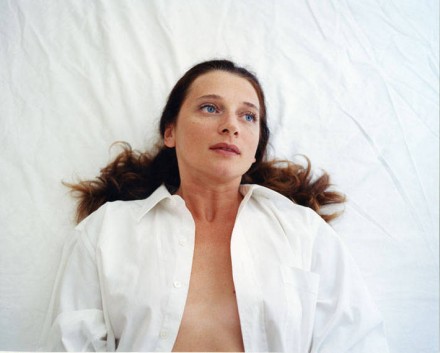
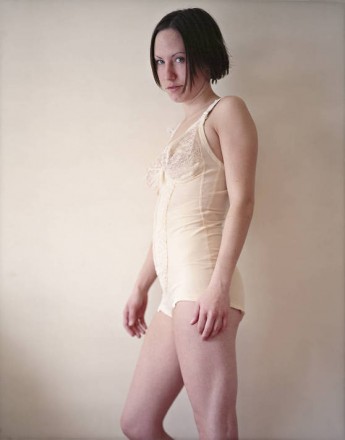
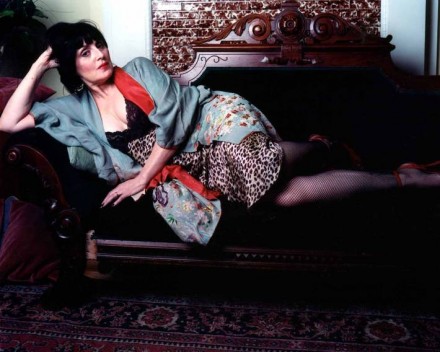
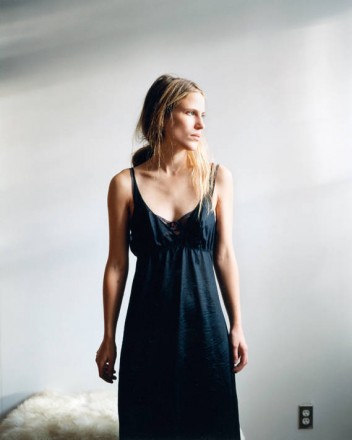
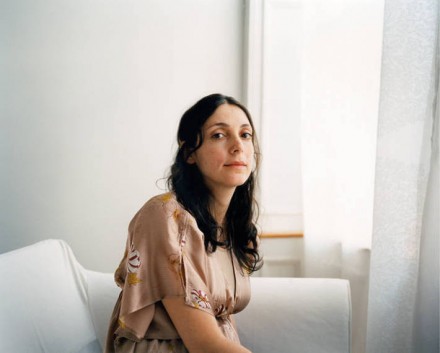

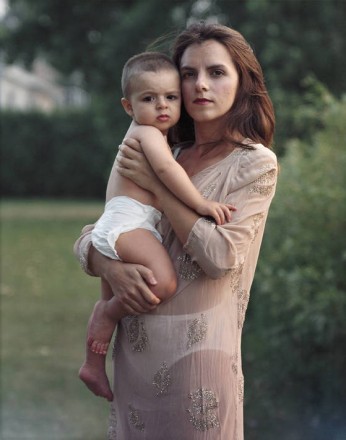



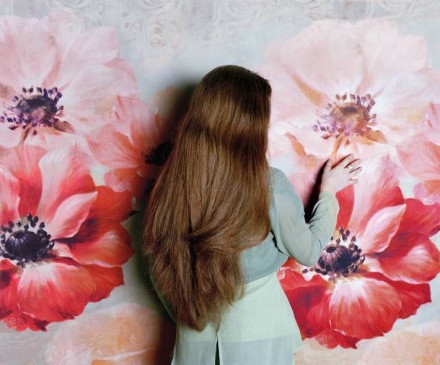
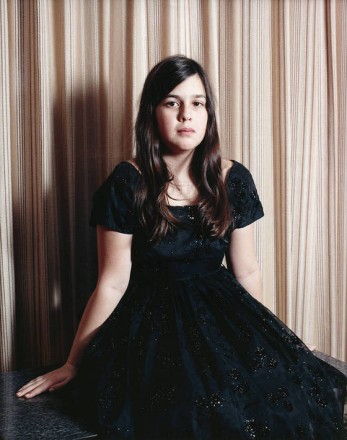
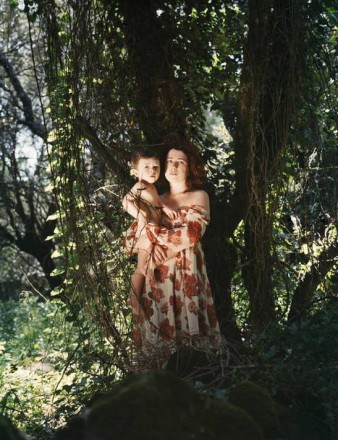
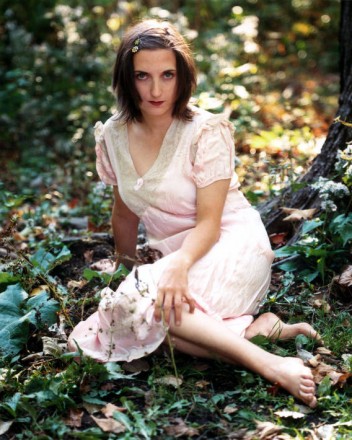
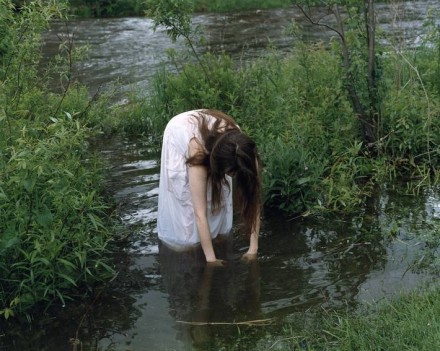
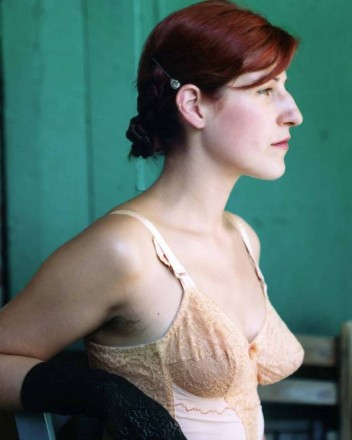
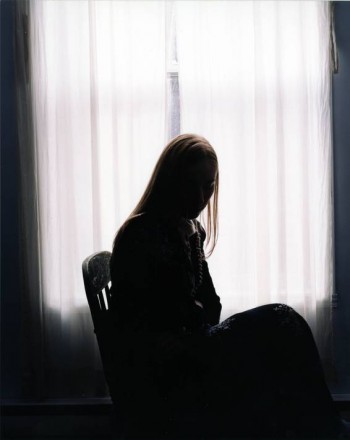
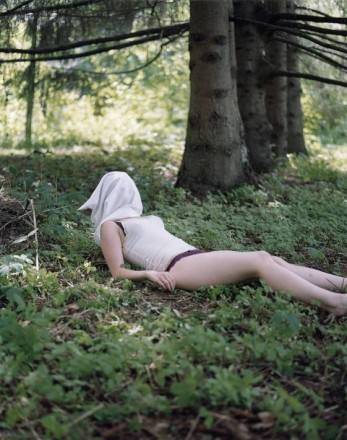
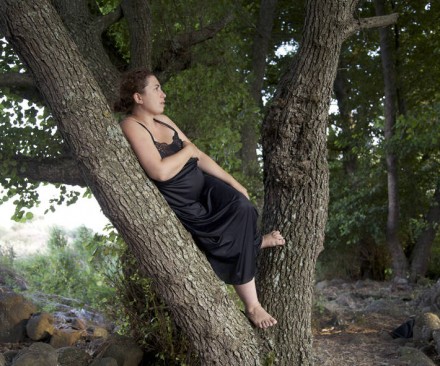
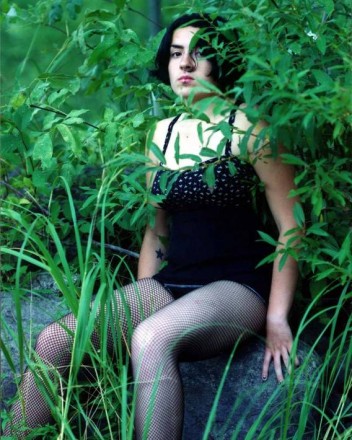

































You can also subscribe to this post comments RSS feed.